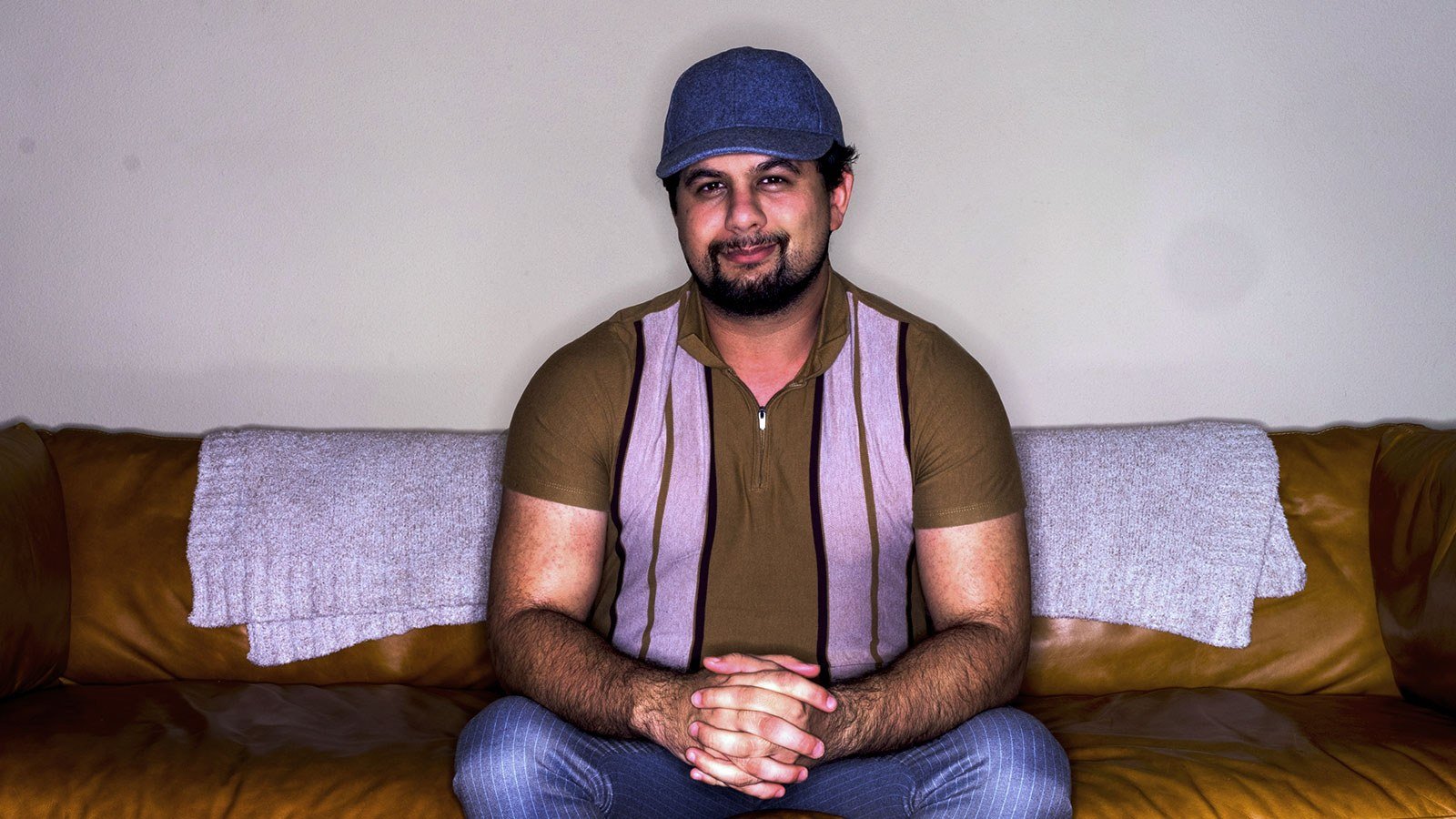Full Sail Stories
Published Apr 04, 2023
This Game Art Grad is a Photogrammetry Industry Leader
Tripp Topping is at the forefront of photogrammetry, one of the latest virtual art techniques.

The Mandalorian was one of the first television shows to use virtual production, a technique that projects digitally-created sets on an LED backdrop during filming. The show needed a production staff that was well-versed in the latest tech, and game art grad Tripp Topping, who is currently the Head of Photogrammetry at Halon Entertainment, worked behind the scenes to bring the newest digital artistry to The Mandalorian’s virtual art department.
Tripp helped create the show’s digital props and backgrounds using photogrammetry, a technique that grabs data from photos of real-world props and landscapes and turns that data into objects that can be manipulated in video game engines. If you need to place something from a movie set, like a crate, into a digital background, you’d take hundreds of photos of the crate to “capture” it, put the photos into a computer, use software to triangulate the crate’s measurements and make a 1:1 representation of it, then clean up the digital crate with tools like Lightroom Classic. The completed asset is then loaded into a game engine, like Unreal Engine, where it can be moved around on a virtual backdrop to accommodate different scenes.
“I was part of a small team to help prove that Unreal Engine was viable for season one of The Mandalorian,” says Tripp. “I had to work on a robust photogrammetry workflow that was lossless in texture and quality. After we got the job, I worked hand-in-hand with Industrial Light and Magic to create the virtual art department workflow and environments… [The team I was on was] in charge of cleaning up photogrammetry scans, making shaders for Unreal [Engine], and making props and landscapes for the majority of the backgrounds in the show.”
After season one of The Mandalorian wrapped, Tripp contributed to The Batman, Snake Eyes: G.I. Joe Origins, The Book of Boba Fett, Ahsoka, Obi-Wan Kenobi, and Netflix’s Avatar: The Last Airbender. He’s also working as the Head of Photogrammetry for Halon Entertainment, where he’s building photogrammetry workflows, training new artists, growing their scanning team, and helping the company expand their offerings beyond entertainment.
“We're trying to branch out into [other photogrammetry uses] because basically any field can use it. The fashion industry can use it. The engineering industry already uses it for cars and for bridges,” he says.
Tripp’s efforts in the burgeoning industry are paying off: He’s considered an industry subject matter expert and spoke about how photogrammetry is being used in virtual art departments at the 2022 SMPTE Media Technology Summit. Tripp is also contributing two chapters to an upcoming virtual art department industry handbook; his sections talk about how to capture movie and television sets using photogrammetry and how to capture assets for stage.
Photogrammetry involves a lot of moving parts and attention to detail, but Tripp says that anyone who’s looking to do it professionally can get started at home. All it takes is a phone, photo editing software, and a 3D modeling program.
“If you really wanted to do it, you could do it today,” Tripp says. “If you have a phone, you can practice. There are really good tutorials out there on YouTube… You just take the pictures and put them in Lightroom and then put them in RealityCapture, just see how you did.”



